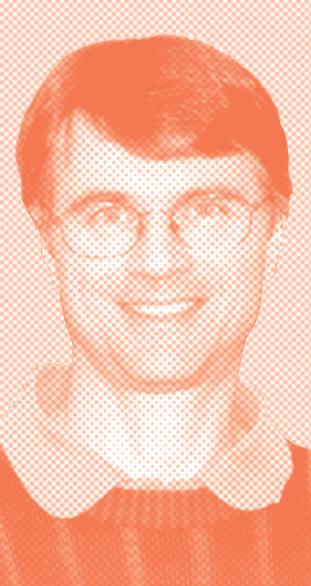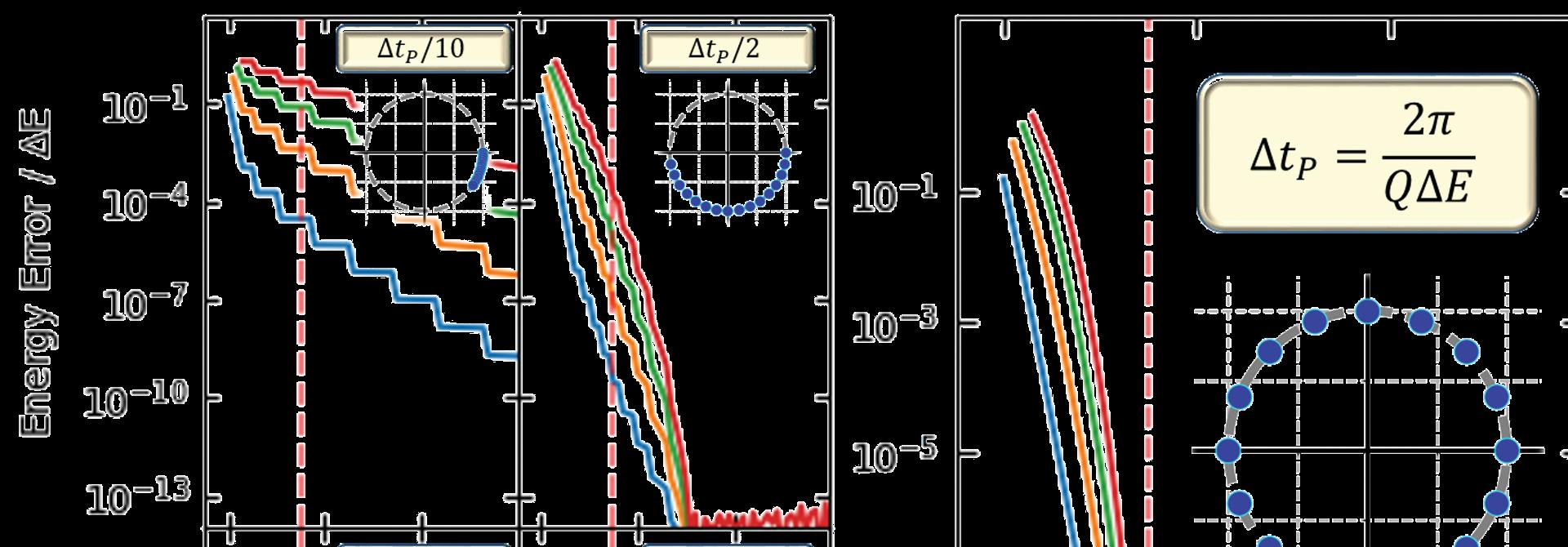
5 minute read
MARTIN HEAD-GORDON
KENNETH S. PITZER DISTINGUISHED PROFESSOR OF CHEMISTRY
Advertisement
DIRECTOR OF THE PITZER CENTER FOR THEORETICAL CHEMISTRY AT UC BERKELEY
FELLOW OF THE ROYAL SOCIETY
MEMBER OF THE NATIONAL ACADEMY OF SCIENCES AND AMERICAN ACADEMY OF ARTS AND SCIENCES
Martin Head-Gordon’s theoretical chemistry research is focused on the frontiers of electronic structure calculations through the development of novel theories and algorithms. His investigations center on the development and application of electronic structure theories, to analyze problems that are currently beyond the reach of standard methods. Since this information is crucial to understanding and controlling the chemistry of molecules, applications of electronic structure theory play an important and growing role in many areas of chemistry. Realization of this goal generally requires the coupling of fundamental quantum mechanics with large scale scientific computing.
Head-Gordon says of his research, “There is this concept that really began with Nobel Laureate John Pople about the fact that a good quantum chemical model should require no input other than what atoms are involved, where are the nuclei, and then the rest should be calculated by the model. You can then try and validate the model on some chemistry where you know the answers pretty well. If the results come out to your satisfaction, you can begin to computationally predict answers to other research questions with the model.”
Head-Gordon is Director of the Pitzer Center for Theoretical Chemistry. The Center was established in 1999 to promote a home for excellence in theoretical chemistry by enhancing the education and research of students at Berkeley. The Center was established through an endowment from the Pitzer Family Foundation in honor of Professor Kenneth Pitzer (Ph.D. ’37, Chem) and his wife Jean Mosher Pitzer. The Center is currently housed in sections of historic Gilman Hall, which was home to the labs of Nobel Laureates William Giauque and Glenn Seaborg and currently is home to seven active theoretical chemists and their labs.
BUILDING BETTER THEORETICAL COMPUTATIONS
What kinds of problems are you currently working on?
MHG — In terms of my group’s perspective, we are mostly about trying to exploit breakthroughs in computing hardware by making our own software, making new theories, and ultimately new algorithms. It is kind of like a food chain: from formal theory, to algorithms, to software, and then finally to groups that can use our software to solve problems.
Some members of the group are working on making better density functionals. Others are bridging between numerical experiments, which is what we do in quantum chemistry, and the research of experimental chemists. It is a form of energy decomposition analysis (EDA). For example, our EDAs are being used to understand the origin of hydrogen-bonding, to design better force fields (with Teresa Head-Gordon’s group), and to understand the role of non-bonded interactions in catalysis (with John Hartwig’s group).
Because our computational methods complement experiments, we often collaborate with experimental groups. One productive area of collaboration that I already briefly alluded to is catalyst design and function for areas such as new energy (converting photons to fuels), chemical transformations, and polymer up cycling.





What is Q-Chem software?
MHG — I have been involved in the Q-Chem project since the early 1990s. It was started by two members of John Pople’s research group in 1992. He was my Ph.D. advisor at Carnegie Mellon. I joined as the third founder in 1993. We describe it as open team software because there are 100 to 200 active developers around the world who submit source code to the project. The software is licensed worldwide. We’re lucky that we’ve been able to build up a significant community around Q-Chem with contributions to areas that include density functional theory, electron correlation, excited states, molecular interactions, and more. John Pople joined us as a director and code developer in 1999.
We think there are something like 50,000 copies of our code being used by chemists, material scientists, and others around the world. I think it’s a way to have a larger impact in chemistry research. You can learn more about the Q-Chem project at https://www.q-chem.com/.
How are you solving chemistry problems using a simulated world?
MHG — There is the real world and then there’s the simulated world, and they should match. Quantum mechanics is thought to be essentially exact for chemistry, just like Newton’s equations are exact for predicting satellite orbitals around the earth. But while we can solve Newton’s equations as accurately as we like and then build rockets and launch satellites on that basis, the equations of quantum mechanics are very difficult to solve. So, while Schrödinger’s equation itself is exact, we can’t solve it exactly. And so that’s what keeps my research area busy. We are trying to improve our approximations and make them more accurate, so they can be more useful for predicting chemistry. That’s what drives electronic structure theory.
What is your current interest in quantum computing?
MHG — Currently, I am collaborating with Birgitta Whaley on some research because quantum chemistry is thought to be one of the possible early applications for quantum computers. I published a paper in Science in 2005 which simulated quantum chemistry on a quantum computer. Quantum computing research is a focus of intense interest right now because of exciting advances in hardware, with the prospect of more to come.
Nothing can simulate a quantum system better than another quantum system. For that reason, quantum chemistry is a promising application on a quantum computer. It will be really fascinating to see where that goes.
SOLVING FUTURE PROBLEMS
What is a big problem that can benefit from a quantum chemistry focus?
MHG — The Haber-Bosch process (which takes nitrogen from the air and converts it into ammonia to make fertilizers) is one of the most energy intensive chemical processes in the world. If we could have a green alternative to that, it would be wonderful.
The ideal solution would be to use solar energy to produce ammonia. Imagine having a catalyst that could take atmospheric nitrogen and water, do a little bit of electro catalytic magic with the aid of some green energy to produce ammonia and oxygen. In fact, there are already some catalysts that will do this. But they are not yet active or efficient enough to be industrially useful.
Quantum chemistry can help by unraveling the mechanism of an existing catalyst that maybe has a too slow turnover frequency or too high energy cost. Once we understand the origin of its limitations, we might be able to improve it or gain inspiration for a better catalyst.




